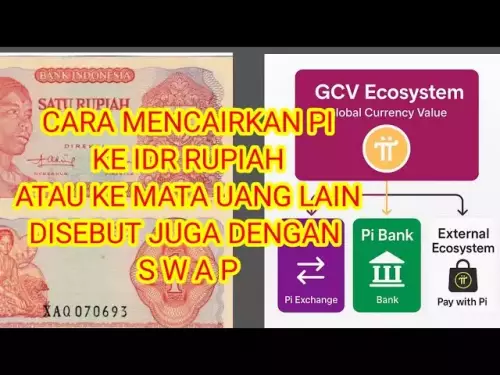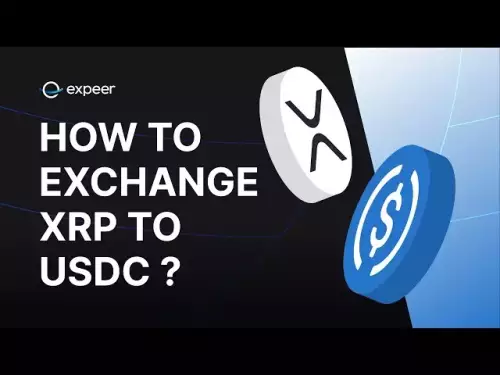-
 bitcoin
bitcoin $112715.707551 USD
-1.71% -
 ethereum
ethereum $4101.475385 USD
-3.01% -
 tether
tether $1.000644 USD
-0.02% -
 bnb
bnb $1207.619465 USD
-6.77% -
 xrp
xrp $2.501451 USD
-3.98% -
 solana
solana $202.947124 USD
-3.32% -
 usd-coin
usd-coin $1.000295 USD
0.04% -
 dogecoin
dogecoin $0.203884 USD
-4.47% -
 tron
tron $0.317154 USD
-1.72% -
 cardano
cardano $0.695009 USD
-4.43% -
 hyperliquid
hyperliquid $38.853961 USD
-8.23% -
 chainlink
chainlink $18.988674 USD
-4.64% -
 ethena-usde
ethena-usde $1.000233 USD
-0.03% -
 stellar
stellar $0.337050 USD
-3.63% -
 bitcoin-cash
bitcoin-cash $536.861728 USD
-1.28%
How do I calculate profit and loss on Bitcoin contracts?
Bitcoin contract trading allows speculation on price moves without owning BTC, using leverage and margin on derivatives exchanges like Binance or Bybit.
Oct 14, 2025 at 04:36 pm
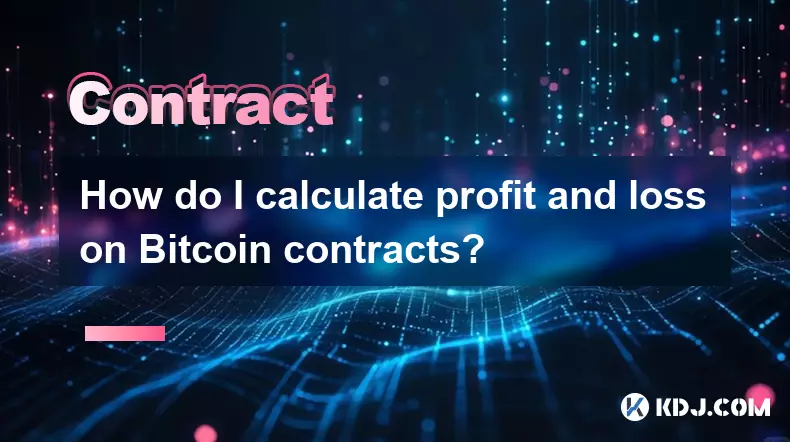
Understanding the Basics of Bitcoin Contract Trading
1. Bitcoin contracts, often referred to as futures or perpetual swaps, allow traders to speculate on price movements without owning the underlying asset. These instruments are traded on derivatives exchanges such as Binance, Bybit, and OKX. Each contract has a specific value tied to the BTC/USD or BTC/USDT pair, and positions can be long (betting on price increase) or short (betting on price decrease).
2. The foundation of profit and loss calculation lies in the difference between entry and exit prices, multiplied by the position size. Leverage amplifies both gains and losses, making it crucial to understand how margin works. Initial margin is required to open a position, while maintenance margin keeps it active. Falling below maintenance levels triggers liquidation.
3. Contracts can be quoted in either inverse (denominated in BTC) or linear (denominated in USD/USDT) terms. This distinction affects how P&L is calculated and settled. Inverse contracts result in P&L paid in BTC, which introduces additional volatility due to BTC’s price fluctuations, even if the US dollar value remains stable.
4. Funding rates play a role in perpetual contracts. Traders either pay or receive funding every few hours depending on whether they hold a long or short position. While not directly part of P&L calculation, consistent funding payments can erode profits or deepen losses over time, especially in prolonged trades.
Calculating Profit and Loss for Long Positions
1. For a long position in a linear contract, the formula is: P&L = (Exit Price - Entry Price) × Quantity. If a trader buys 1 BTC worth of contracts at $30,000 and sells at $35,000, the gross profit is ($35,000 - $30,000) × 1 = $5,000. Fees and funding costs must be subtracted to determine net profit.
2. In an inverse contract, the calculation uses the difference in contract units. The formula becomes: P&L = (1 / Entry Price - 1 / Exit Price) × Position Size in USD. Opening a $10,000 long at $25,000 means controlling 0.4 BTC. Closing at $30,000 yields (1/25,000 - 1/30,000) × $10,000 = 0.00666 BTC as profit.
3. Leverage does not change the P&L formula but impacts the required margin and liquidation risk. A 10x leveraged long position will see a 10% price move translate into a 100% gain or loss on the margin used. However, the actual profit in dollar terms still depends on the price delta and position size.
4. Slippage during entry or exit can alter expected P&L, particularly in volatile markets or with large orders. Market orders may fill at less favorable prices than anticipated, reducing realized profit or increasing loss beyond theoretical calculations.
Calculating Profit and Loss for Short Positions
1. Short positions profit when prices decline. For linear contracts, the formula is: P&L = (Entry Price - Exit Price) × Quantity. Selling 2 BTC worth of contracts at $40,000 and buying back at $36,000 results in ($40,000 - $36,000) × 2 = $8,000 gross profit.
2. In inverse contracts, short P&L is calculated as: P&L = (1 / Exit Price - 1 / Entry Price) × Position Size in USD. Opening a $20,000 short at $40,000 (0.5 BTC liability) and closing at $30,000 gives (1/30,000 - 1/40,000) × $20,000 = 0.1667 BTC profit.
3. Shorts face unlimited risk in theory, as prices can rise indefinitely. Liquidation occurs when the mark price reaches the liquidation price, which is determined by leverage, entry price, and fees. High volatility increases the likelihood of early liquidation, cutting potential profits or magnifying losses.
4. Borrowing costs may apply on certain platforms for shorting, especially in tight markets where demand to short exceeds supply. These fees are separate from funding rates and reduce net profitability over time.
Risk Management and Practical Considerations
1. Accurate record-keeping of entry and exit prices, position sizes, and associated fees is essential. Many traders use spreadsheets or portfolio trackers to log each trade and automate P&L calculations across multiple exchanges and contract types.
2. Tax implications vary by jurisdiction. Realized gains from contract trading are often treated as capital gains or ordinary income. Keeping precise records ensures compliance and accurate reporting, avoiding penalties during audits.
3. Demo accounts and paper trading help refine P&L estimation skills without risking real capital. Simulating different market conditions allows traders to test strategies and understand how leverage, fees, and slippage impact net outcomes.
4. Exchange-specific tools like built-in calculators and position viewers provide real-time P&L estimates. These reflect unrealized gains or losses based on current mark price and include funding accruals, giving a comprehensive view of open trade performance.
Frequently Asked Questions
How do I account for trading fees in my P&L calculation?Trading fees are deducted from gross profit to determine net profit. For example, if a round-trip fee is 0.04% and the position size is $50,000, total fees amount to $40. Subtract this from the gross P&L to get the net result.
What is the difference between realized and unrealized P&L?Realized P&L refers to profit or loss locked in after closing a position. Unrealized P&L reflects the current value of an open position based on the latest market price. It fluctuates until the position is settled.
Can P&L be negative even if the price moves in my favor?Yes, if funding fees or borrowing costs accumulate significantly during a long trade, they can outweigh small price gains. Additionally, high leverage might lead to liquidation due to temporary price spikes against the position, resulting in a loss despite overall favorable movement.
Do all exchanges calculate P&L the same way?Most follow standard formulas, but differences exist in quoting conventions (linear vs. inverse), fee structures, and funding mechanisms. Always review an exchange’s documentation to ensure accurate interpretation of displayed P&L figures.
Disclaimer:info@kdj.com
The information provided is not trading advice. kdj.com does not assume any responsibility for any investments made based on the information provided in this article. Cryptocurrencies are highly volatile and it is highly recommended that you invest with caution after thorough research!
If you believe that the content used on this website infringes your copyright, please contact us immediately (info@kdj.com) and we will delete it promptly.
- PayPal, PYUSD, and Stablecoins: Riding the Wave of Digital Finance
- 2025-10-16 04:50:01
- Milk Mocha's $HUGS Token: Why the Whitelist & Presale 2025 are Exploding
- 2025-10-16 04:30:01
- Microsoft, Bitcoin, and GitHub: A Balancing Act in the Digital Age
- 2025-10-16 04:30:01
- Navigating the Crypto Chaos: Bitcoin Crash, Maturing Meme Coins, and Market Momentum
- 2025-10-16 04:30:01
- Sui Platform's Typus Finance Hit by Oracle Exploit: A Deep Dive
- 2025-10-16 05:10:01
- Solana's On-Chain Growth: Grayscale's Bets and the $260 Target
- 2025-10-16 04:40:01
Related knowledge

How to calculate the ROI for Ethereum contracts?
Oct 09,2025 at 04:36pm
Understanding Ethereum Contract ROI Basics1. Return on Investment (ROI) for Ethereum contracts begins with tracking the initial capital deployed into ...

How to find arbitrage opportunities between different Bitcoin contracts?
Oct 14,2025 at 11:18pm
Finding Arbitrage Opportunities in Bitcoin Futures Markets1. Monitor price discrepancies across exchanges offering Bitcoin futures contracts. Differen...
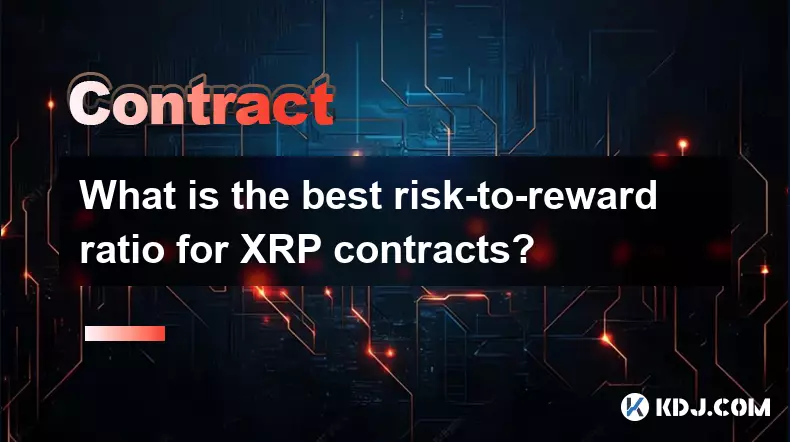
What is the best risk-to-reward ratio for XRP contracts?
Oct 11,2025 at 04:18am
Understanding Risk-to-Reward in XRP Futures Trading1. The risk-to-reward ratio is a fundamental metric used by traders to evaluate the potential profi...
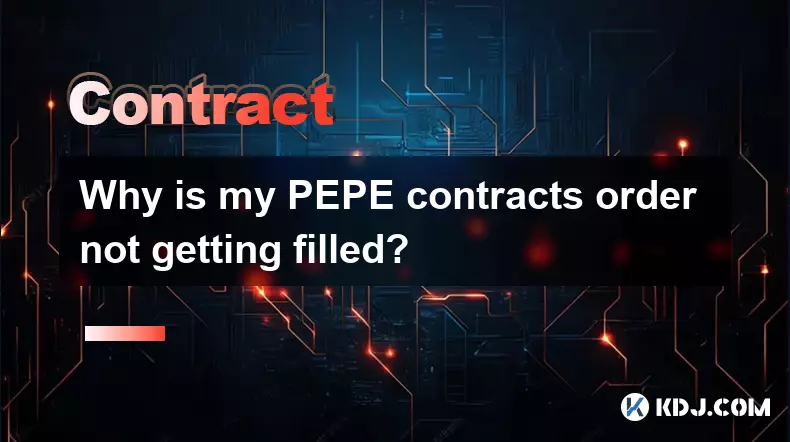
Why is my PEPE contracts order not getting filled?
Oct 12,2025 at 06:01pm
Understanding Liquidity Issues in PEPE Contracts1. Low liquidity is one of the primary reasons a PEPE contract order may not get filled. Many meme-bas...
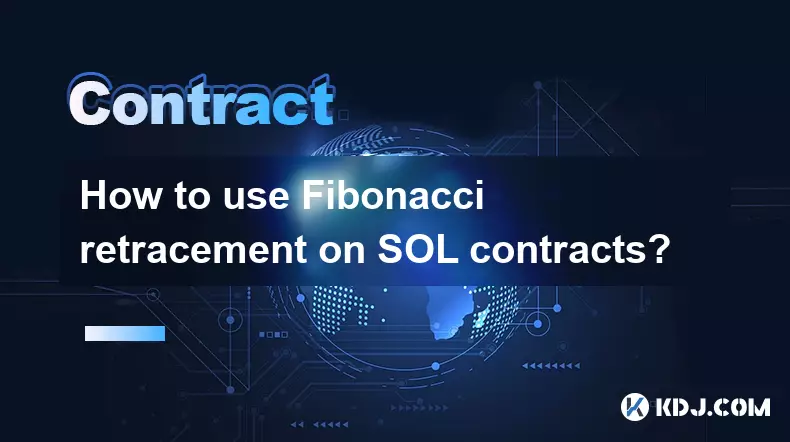
How to use Fibonacci retracement on SOL contracts?
Oct 14,2025 at 02:36pm
Fibonacci Retracement Basics in SOL Trading1. Fibonacci retracement is a technical analysis tool used to identify potential support and resistance lev...

Is it better to trade Dogecoin contracts or spot?
Oct 12,2025 at 04:54pm
Understanding Dogecoin Spot Trading Mechanics1. Spot trading involves the direct purchase and ownership of Dogecoin at the current market price. Trade...

How to calculate the ROI for Ethereum contracts?
Oct 09,2025 at 04:36pm
Understanding Ethereum Contract ROI Basics1. Return on Investment (ROI) for Ethereum contracts begins with tracking the initial capital deployed into ...

How to find arbitrage opportunities between different Bitcoin contracts?
Oct 14,2025 at 11:18pm
Finding Arbitrage Opportunities in Bitcoin Futures Markets1. Monitor price discrepancies across exchanges offering Bitcoin futures contracts. Differen...

What is the best risk-to-reward ratio for XRP contracts?
Oct 11,2025 at 04:18am
Understanding Risk-to-Reward in XRP Futures Trading1. The risk-to-reward ratio is a fundamental metric used by traders to evaluate the potential profi...

Why is my PEPE contracts order not getting filled?
Oct 12,2025 at 06:01pm
Understanding Liquidity Issues in PEPE Contracts1. Low liquidity is one of the primary reasons a PEPE contract order may not get filled. Many meme-bas...

How to use Fibonacci retracement on SOL contracts?
Oct 14,2025 at 02:36pm
Fibonacci Retracement Basics in SOL Trading1. Fibonacci retracement is a technical analysis tool used to identify potential support and resistance lev...

Is it better to trade Dogecoin contracts or spot?
Oct 12,2025 at 04:54pm
Understanding Dogecoin Spot Trading Mechanics1. Spot trading involves the direct purchase and ownership of Dogecoin at the current market price. Trade...
See all articles





















